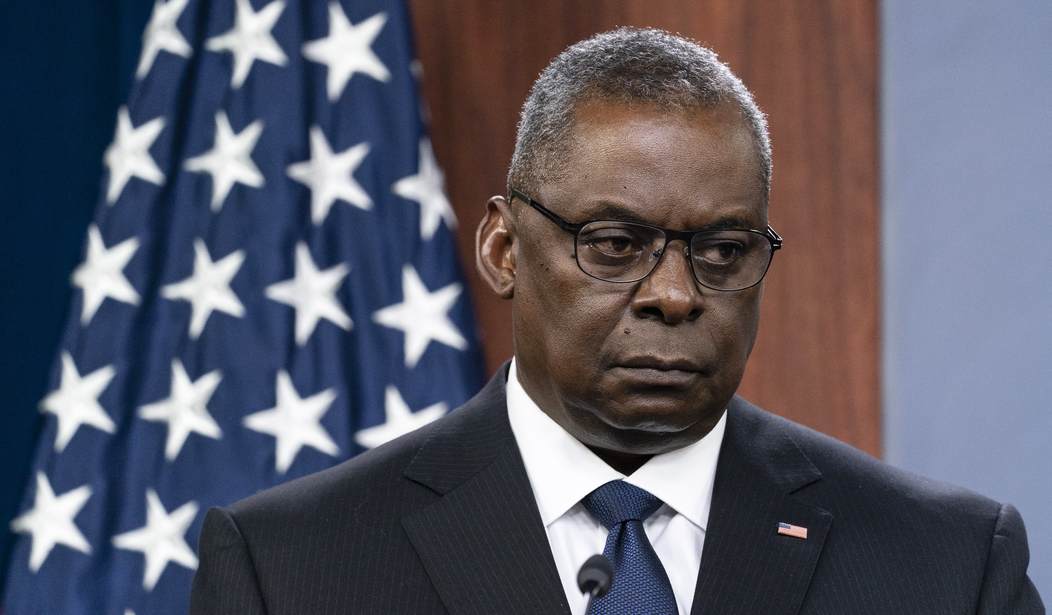Tuesday, the Defense Department announced the release of $625 million in appropriated funds to support Ukaine’s combat operations against the Russian aggressors. Just a reminder that this is a VIP article. To get access at a reduced price join using the discount code STREIFF. It won’t save you as much as SAVEAMERICA, but it will help your favorite writer to buy bourbon and cigars.
Today, the Department of Defense (DoD) announces the authorization of a Presidential Drawdown of security assistance valued at up to $625 million to meet Ukraine’s critical security and defense needs. This authorization is the Biden Administration’s twenty-second drawdown of equipment from DoD inventories for Ukraine since August 2021.
Capabilities in this package include:
- Four High Mobility Artillery Rocket Systems (HIMARS) and associated ammunition;
- 16 155mm Howitzers;
- 75,000 155mm artillery rounds;
- 500 precision-guided 155mm artillery rounds;
- 1,000 155mm rounds of Remote Anti-Armor Mine (RAAM) Systems;
- 16 105mm Howitzers;
- 30,000 120mm mortar rounds;
- 200 MaxxPro Mine Resistant Ambush Protected Vehicles;
- 200,000 rounds of small arms ammunition;
- Obstacle emplacement equipment;
- Claymore anti-personnel munitions.
In total, the United States has committed more than $17.5 billion in security assistance to Ukraine since January 2021. Since 2014, the United States has committed more than $19.6 billion in security assistance to Ukraine and more than $16.8 billion since the beginning of Russia’s unprovoked and brutal invasion on February 24.
To meet Ukraine’s evolving battlefield requirements, the United States will continue to work with its Allies and partners to provide Ukraine with key capabilities.
This is a drawdown on existing spending authority, it is not new money.
Compared to other drawdowns in security assistance funding, this one is modest. It is difficult to determine what to make of it because the Ukraine Defense Contact Group representing 50 nations meets monthly at Ramstein, Germany. This group hears Ukrainian requests and tasks the members to provide support. The amount of artillery ammunition suggests that Ukraine has been judicious in its use of previous transfers. The amount of small arms ammunition is laughably small — I have friends who might have that much in their garage.
Only last week, Congress passed another multi-billion dollar Ukraine-oriented spending bill (US Senate Passes Stop-Gap Spending Bill, With Over $12B More for Ukraine).
Let’s take a quick look at what some of this means and what it doesn’t mean. Last week, I posted on how the Ukraine aid money is spent, see US Military Aid to Ukraine Shows Defense Is Upgrading US Forces and Capabilities as Well as Defending Ukraine. It is not cash sent to Kiev, it is US goods and services supplied to Ukraine. In addition to replacing ammunition and weapons being drawn out of war stocks, we are also rebuilding ammunition manufacturing capacity that has been lost over the last 30 years.
I think we’d all agree that oversight of the spending has been weak — make no mistake about it, the assistance to Ukraine needs a tough and politically adept Inspector General with interagency authority and a direct pipeline to the White House and the Speaker and Majority Leader’s offices. While Russia’s partisans fixate on “Ukrainian oligarchs” and “most corrupt country in the world,” the main issue seems to be that we aren’t getting as much for our efforts as we should.
The DoD’s Use of Additional Ukraine Supplemental Appropriations Act, 2022 Funds by streiff on Scribd
Federal budgetary authority comes in two colors. Authorization: this is when Congress agrees that spending a certain amount of money in a certain way is a good idea. An authorization and $10 will get you a cup of triple, venti, half-sweet, non-fat, caramel macchiato, fair-trade, sustainable, First Nations coffee. When I was a military aide to an assistant secretary in one of the cabinet departments, I frequently saw newby lobbyists dancing their happy dance pver getting an authorization for a program only to find out that it was meaningless. Appropriation: this is the actual money Congress allows to be spent. It will be no greater than the authorization. Appropriations, as Julius Caesar might have said, are divided into three parts. Appropriations, as we’ve seen are the checking account. Obligations are the amount of money that you’ve promised to spend. This could be your direct labor budget or any contracts you’ve signed. Finally, you have Disbursements.
The problem with getting a sudden influx of money is that it is very difficult to put the plan and contracts together to spend said money. The later in the fiscal year you get the money, the harder it is to spend it. Typically, agencies freeze new obligations around September 1 to prevent “end of fiscal year” spending sprees.
In FY 2022, there were two major Ukraine appropriations. The Ukraine Supplemental Appropriations Act, 2022, was signed on March 15, 2022, as part of the Consolidated Appropriations Act, 2022. It gave DoD $6.5 billion in funds for assistance to Ukraine. These funds were an emergency appropriation and coded as DEFC-3. The Additional Ukraine Supplemental Appropriations Act, 2022, went into effect on May 21, 2022, and gave an additional $20.1 billion for assistance to Ukraine. These are supplemental funds coded as DEFC-6. Let’s see what happened.
This is a table of expenses that reflects the expiration dates of different appropriations based on the budget execution plan. This kind of thing is necessary to convince Congress that you have a plan for a large chunk of money and don’t lose it when the FY ends.
Here you can see how the two appropriations were structured by D0D. The $6 billion emergency appropriation (DEFC-3) had $3 billion that had to be spent by September 30, with the rest expiring over the next two years. The supplemental (DEFC-6) had $2.8 billion in planned expenditures this FY with $16 billion next year. In order to get approval to roll the appropriation over into next year, when Congress passed the “stop gap” spending bill (US Senate Passes Stop-Gap Spending Bill, With Over $12B More for Ukraine), much of that money was, by my reading of the bill’s language, not new money but the roll over of money from this year to next year.
As the IG’s report notes, the way the funding and expenditures is being reported is not doing anyone any favors. The reports generated by DoD give the illusion that money that has been obligated has been spent. It also does a crappy job of informing the public of what is going on.
It isn’t only fiscal prudence that demands the Biden White House bring discipline to the programs supporting Ukraine. If they wish the popular support to continue and to insulate the spending from the worst kind of demagoguery, they need to give us confidence that they know what they are doing and that they have a plan to spend our money effeciently.















